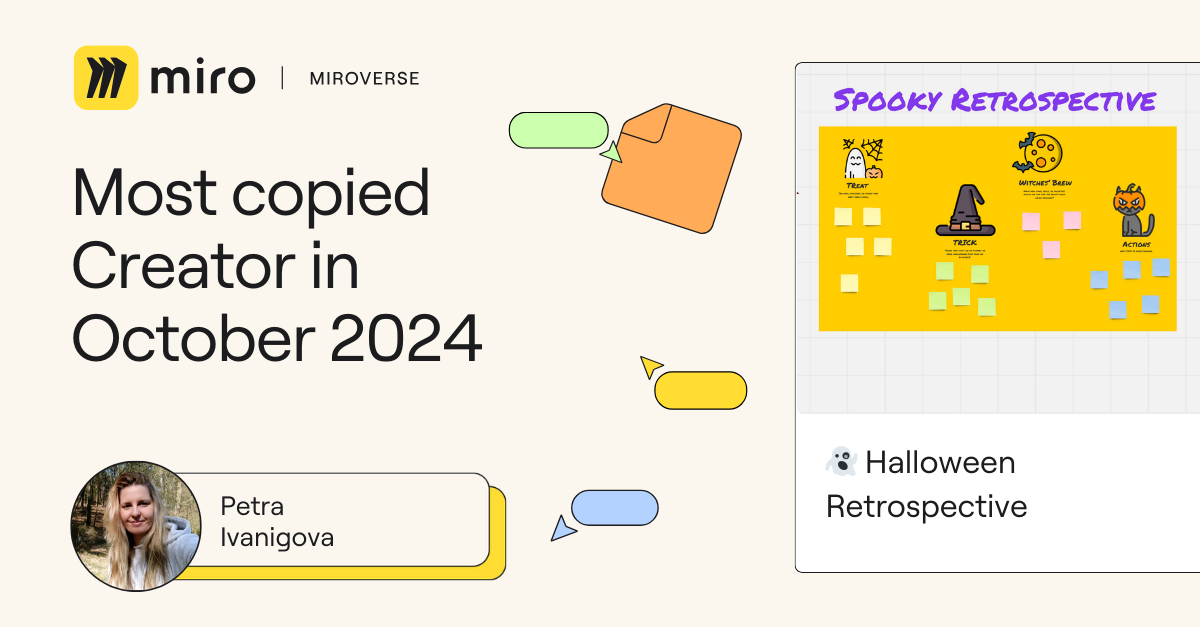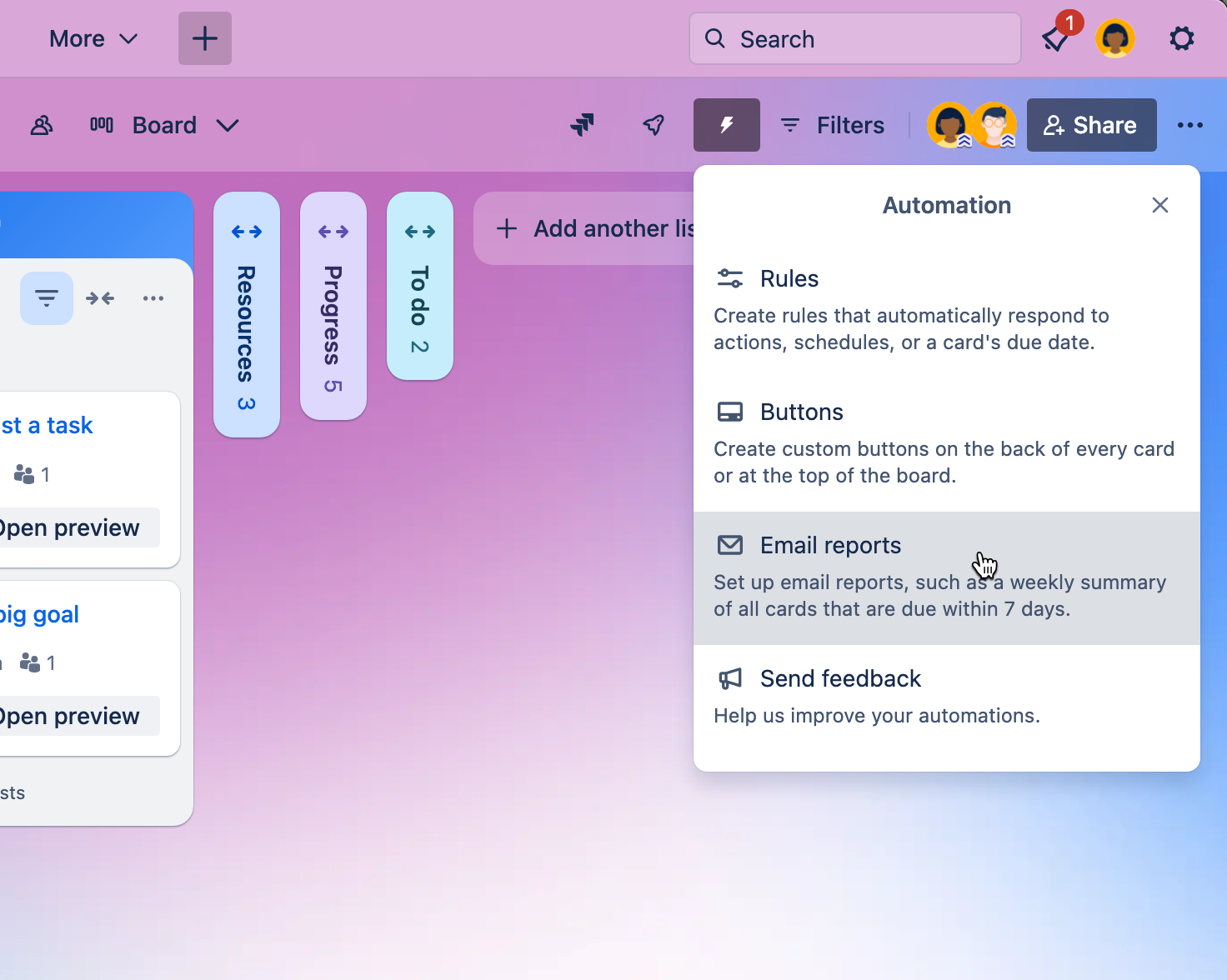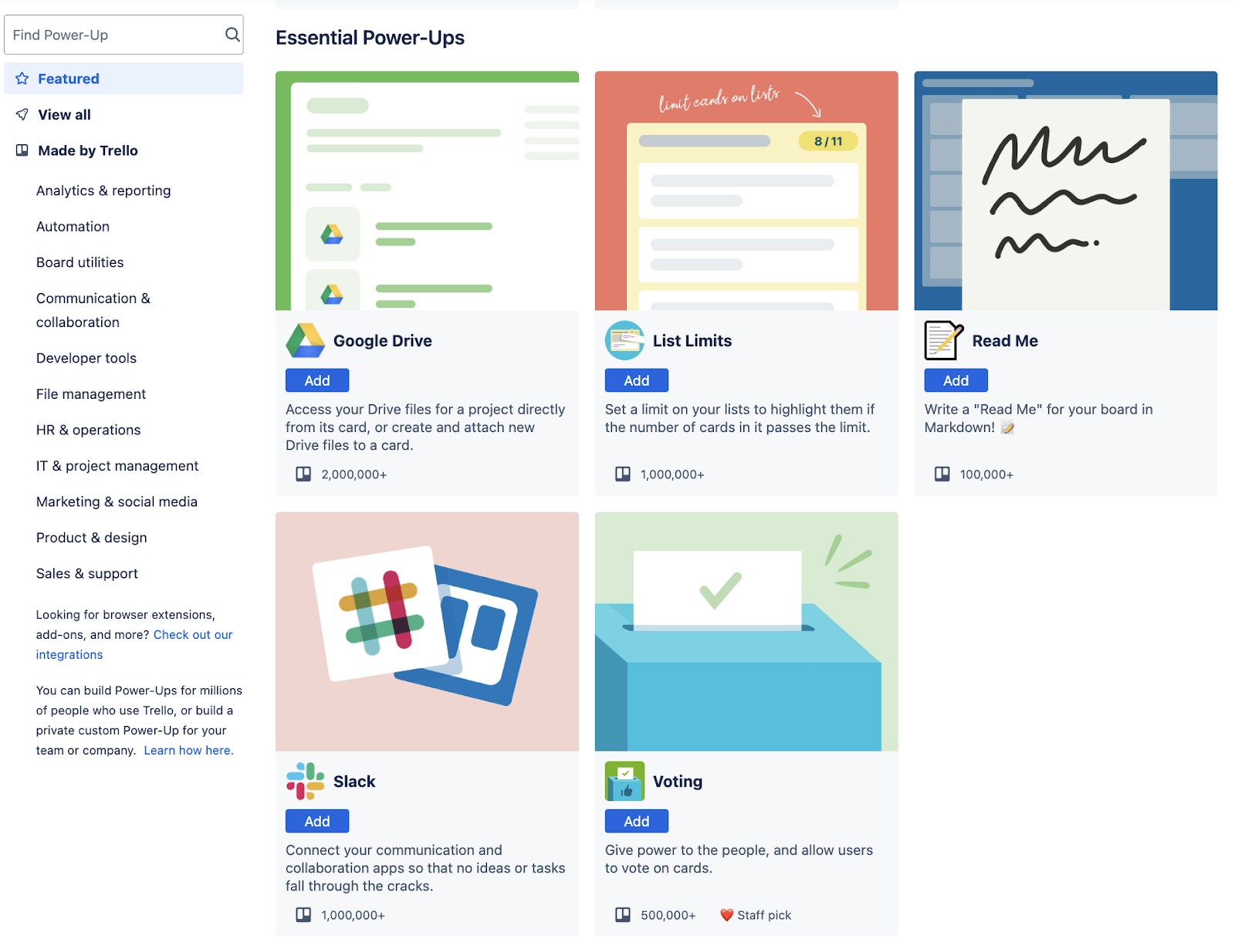Our view at Stack - You definitely can't pigeon-hole SmartSuite as it does so much! It's a collaborative work management platform that enables teams to plan, track, and manage workflows, projects, and everyday tasks. With features like automations, integrations, and AI capabilities, it streamlines work processes and empowers teams to achieve their goals. It's also available in 15 languages.
While Monday.com has become a household name in project management, Pipedrive has carved out its niche in sales-focused workflows, and SmartSuite is emerging as a powerful all-in-one alternative.
Choosing the right project management tool can improve your team’s productivity.
While Monday.com has become a household name in project management, Pipedrive has carved out its niche in sales-focused workflows, and SmartSuite is emerging as a powerful all-in-one alternative.
This detailed comparison will help you decide which platform best fits your needs.
TL;DR:



Monday.com vs. Pipedrive vs. SmartSuite – Features
SmartSuite Features
SmartSuite is a comprehensive project management tool that lets you manage all your projects on a centralized platform with built-in automation and a communication center.

Comprehensive project management
SmartSuite’s project management feature helps you plan, track, and manage simple to complex projects.
To simplify the process, you get numerous built-in intuitive features to execute your tasks perfectly.
Here’s what we have in store for you.
- Smart task management: You can turn any item field into a task—a checklist item, comments, or sub-item. With this flexibility, you can easily build a solid task list and assign it to the right person with a due date and priority status.

- Project phases and milestones: Having milestones ensures your project stays on track and moves towards the objective. With SmartSuite, you can set them, monitor through your reporting dashboard, and flag issues.
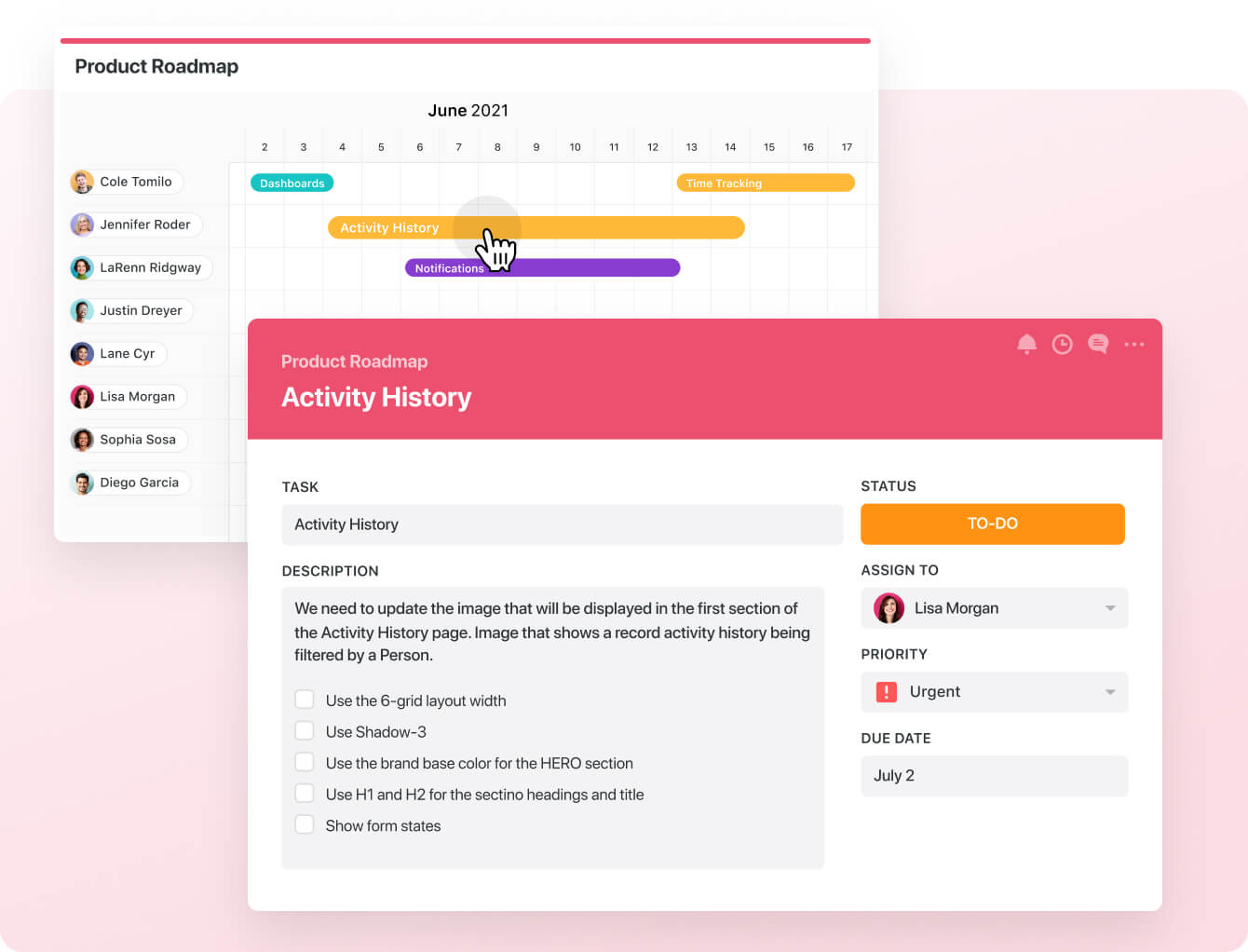
- Files and project deliverables: With SmartSuite, you can manage and organize all your documents. Attach project-related files, share feedback with your team, and manage version history, all within your work context.
SmartSuite supports formats like PDF, GIF, CSV, PNG, and MP4. The tool also integrates with Dropbox, Google Drive, Box, and Microsoft OneDrive, making adding files to your workflows easy.
Also, you can add images directly in SmartSuite by connecting your social media and Unsplash accounts.

- Native time tracking: Monitor and evaluate task and project completion times. Built-in tracking helps group time entries see estimates, and segment billable and non-billable entries.

Team collaboration
SmartSuite outperforms Monday.com with its built-in communication and collaboration features.
You can connect with peers in group chats or 1:1 conversations for quick feedback and keep stakeholders updated.

SmartSuite’s members’ directory provides a deep dive into each teammate’s details, such as availability status, job profile, and other relevant information, to give a holistic view of the project team.
Like the other two tools, you can use comments and @mentions to share updates, nudge teammates, or add new people to the conversation.

Comprehensive project reporting
SmartSuite offers a dynamic project analytics tool with configurable charts and graphs.
The reporting dashboard helps you track project performance, understand resource allocation, and identify slow-moving projects.
Based on these insights, you can quickly develop plans to overcome roadblocks and get the project back on track.

You can visualize reporting in Grid, Card, Kanban, Timeline, Map, Calendar, or Dashboard views. Add as many as needed to build a visual storyboard for your project’s progress.
To share reports with stakeholders or clients, you can make the report public and share the necessary access.
SmartSuite also supports printing or exporting PDF, Excel, Google Sheets, or CSV format.

Advanced workflow automation
SmartSuite’s no-code automation builder is one of the most intuitive, giving a neck-to-neck competition in automation.
You can assemble automation at the task and project and automate repetitive tasks based on triggers like changing dates, sending notification emails, or updating statuses.
There are six pre-defined triggers and 15+ actions, with options to build custom ones.

SmartSuite is the right choice if you:




SmartSuite isn’t the best option if you:


Monday.com Features
Monday.com is a robust project management software that helps you track, manage, plan, and organize multiple projects.
Dashboards with custom widgets
With Monday.com, you can build custom dashboards by fetching data from all your projects for a holistic view of progress.
It offers 80+ widgets through integrations with apps like videos, calendars, clocks, and images, allowing flexibility in building project dashboards.

27+ task views
Monday.com offers over 27 task views to visualize task progress throughout the project lifecycle, including charts, Gantt charts, Calendars, Workloads, Timelines, Kanban boards, Tables, Forms, Cards, Files, and Blank views.
Such a wide range of task views offers flexibility and control over the project dashboard and caters to the team’s different working styles.

Workflow automation
Monday.com offers triggers, conditions, and actions to build linear to multi-step sequences.
With these automated workflows, you can eliminate repetitive tasks like status updates, delete processes, or schedule calls.

Monday is the right choice if you:




Monday isn’t the best option if you:



Pipedrive Features
Insights and reporting
Pipedrive offers advanced insights and reporting capabilities to help sales teams track performance and make data-driven decisions.
Key aspects include:
- Detailed reports on deal progress, pipeline health, and team performance.
- Customizable dashboards that provide real-time visibility.
- Visual representations of data through charts and graphs.

Automation workflows
Pipeline automates administrative and repetitive tasks such as sales call scheduling, lead assignment, and follow-up emails.
It also offers custom workflows to create workflows specific to your needs. And, it integrates with external tools like Zapier for more complex automation.

Communication and email tracking
Being a CRM, Pipedrive helps you maintain a database of all your contacts, track email performance, and store files all in a central place.
It offers customizable email templates to power up your outreach efforts.

Pipedrive is the ideal choice if you:



Pipedrive isn’t the best option if you:



Integrations: Monday vs. Pipedrive vs. SmartSuite
SmartSuite Integrations
SmartSuite integrates with major platforms, from communication to social media. It offers five connectors, including Zapier, Ply, Integrately, Relay, and Make, to connect with 1000s of apps to transfer data.
Some of the notable integrations are:
- Salesforce.
- Slack.
- Twilio.
- Jira Cloud.
- HubSpot.
- Intercom.

Monday.com Integrations
Monday.com offers 200+ integrations and apps across various categories. It provides native integrations with popular tools like Slack, Gmail, Microsoft Teams, and GitLab.
It excels in two-way synchronization with some integrations, enhancing data flow across apps, and has an open API for custom integrations.
Some standout Monday.com integrations are:
- QuickBooks.
- Google Workspace.
- Zendesk.
- PandaDoc.
- Jira.
- Freshdesk.

Pipedrive Integrations
Pipedrive’s integrations are geared two customer relationship and pipeline management, including free and paid plugins. It integrates with tools for lead management (LinkMatch), lead qualification (Zapier, Surfe), communication (GMeet, Microsoft Teams), contract management (PandaDoc and Docusign), and project management (Rippling, Asana).
Other standout integrations include:
- Quickbooks.
- Zendesk.
- Twilio.
- Lemist.
- HubSpot.
- Intercom.

Winner: Pipedrive
Pipedrive offers 400+ native integrations across various platforms, making it more versatile project management software than the rest.
Pricing: Monday vs. Pipedrive vs. SmartSuite
SmartSuite Pricing
SmartSuite offers a forever-free plan, which is among the most generous.
The free plan gives you 100 automated triggers, team collaboration tools, 7+ task views (Dashboard, table, boards, cards, list, calendar, and grid), time tracking, and more.
We offer four paid plans, each with a 14-day free trial.
- Team: Starts at $12/user/month, including 8+ dashboard views, 5000 automation runs, time tracking, and collaborative SmartDocs.
- Professional: Starts at $28/user/month, including two-factor authentication, Gmail & Outlook integrations, and unlimited editors.
- Enterprise: Starts at $35 per user/month, including audit logs, data loss prevention, and 50,000 API calls monthly.
- Signature: Customized plan tailored to your organization’s needs and team size.

Monday Pricing
Monday.com offers a free plan for up to 2 users, including shareable forms, 500MB storage, a 1-week activity history, and one board per dashboard.
Monday.com pricing plans have four tiers and require a minimum of 3 user seats:
- Basic: Starts at $17/user/month, including Kanban view, unlimited free viewers, and unlimited boards.
- Standard: Starts at $20/user/month, including 250 automated actions/month, 3+ dashboard views, and Zoom integration.
- Pro: Starts at $32/user/month, including all five dashboard views, time tracking, and 2-factor authentication.
- Enterprise: Includes dedicated customer success manager, cross-project analytics, and resource allocation insights. Contact sales for a quote.

Pipedrive Pricing
Pipedrive offers five pricing plans with a 14-day free trial for each one of them:
- Essential: Starts at $24 per user/month, including customizable pipeline, 15 reports per user, and leads inbox.
- Advanced: Starts at $44 per user/month, including 30 active automation per user, two-way email sync, and email open & click tracking.
- Professional: Starts at $64 per user/month, including contract timeline, advanced automation, and revenue forecast reports.
- Power: Starts at $79 per user/month, including project add-on, 15 teams per company, and custom fields.
- Enterprise: Starts at $129 per user/month, including unlimited reports and advanced customizations.
Pipedrive’s pricing plans are more scalable than Salesforce, as there isn’t much price variation between tiers.

Winner: SmartSuite
SmartSuite is the best contender due to its generous free plan and lower entry point for paid plans. Additionally, the price-to-feature ratio is well distributed across tiers compared to the other two tools.
Lastly, it offers flexible per-user pricing, not locking you in unused seats, unlike Monday.com and Pipedrive. But Pipedrive and Monday.com’s group-based pricing might reduce the average cost for many users.
What are Customers Saying about Monday.com, Pipedrive, and SmartSuite?
SmartSuite Reviews
G2 rating: 4.8/5
What users love:
- Intuitive interface and quick setup
- Built-in communication features
- Flexible customization options
- Value for money compared to competitors

Source

Source
Common complaints:
- Limited integration options compared to established competitors
- Some advanced features are still in development
- Newer platform with a smaller user community
- Occasional performance issues with larger datasets

Source
Monday.com Reviews
G2 rating: 4.7/5
What users love:
- A highly visual interface with multiple view options.
- Extensive customization capabilities.
- Strong automation features.
- Large template library.

Source

Source
Common complaints:
- A steep learning curve for new users.
- Group-based pricing can be expensive for small teams.
- Interfaces sometimes feel cluttered and overwhelming due to loads of features.
- Mobile app performance issues reported.

Source

Source
Pipedrive Reviews
G2 rating: 4.3/5
What users love:
- Multiple work views.
- User-friendly interface.
- Team communication and collaboration.

Source

Source
Common complaints:
- Limited flexibility while building automation.
- Lack of customizability compared to other CRMs.
- Limited functionality for the price.

Source

Source
Each platform has great pros and cons. The best choice depends on your needs and budget:
- SmartSuite users value its all-in-one approach and pricing.
- Pipedrive users recommend it for diverse work views and team collaboration.
- Monday.com users appreciate the visual customization and automation capabilities.
Final Verdict: Monday.com, Pipedrive, or SmartSuite?
Each platform brings unique strengths to the table
- Monday.com shines with its intuitive interface and robust collaboration features, making it perfect for creative teams and agencies.
- Pipedrive remains unmatched for sales-focused organizations with its powerful CRM capabilities and sales automation.
However, SmartSuite emerges as the best platform to change how you plan and manage projects across all departments.
Its powerful automation, extensive customization, and all-in-one functionality offer the best value proposition for growing businesses.
Ready to level up your project management game? Try its free plan or dive deeper by scheduling a demo or signing up for a free trial today!
If Smartsuite is of interest and you'd like more information, please do make contact or take a look in more detail here.
Credit: Original article published here.












































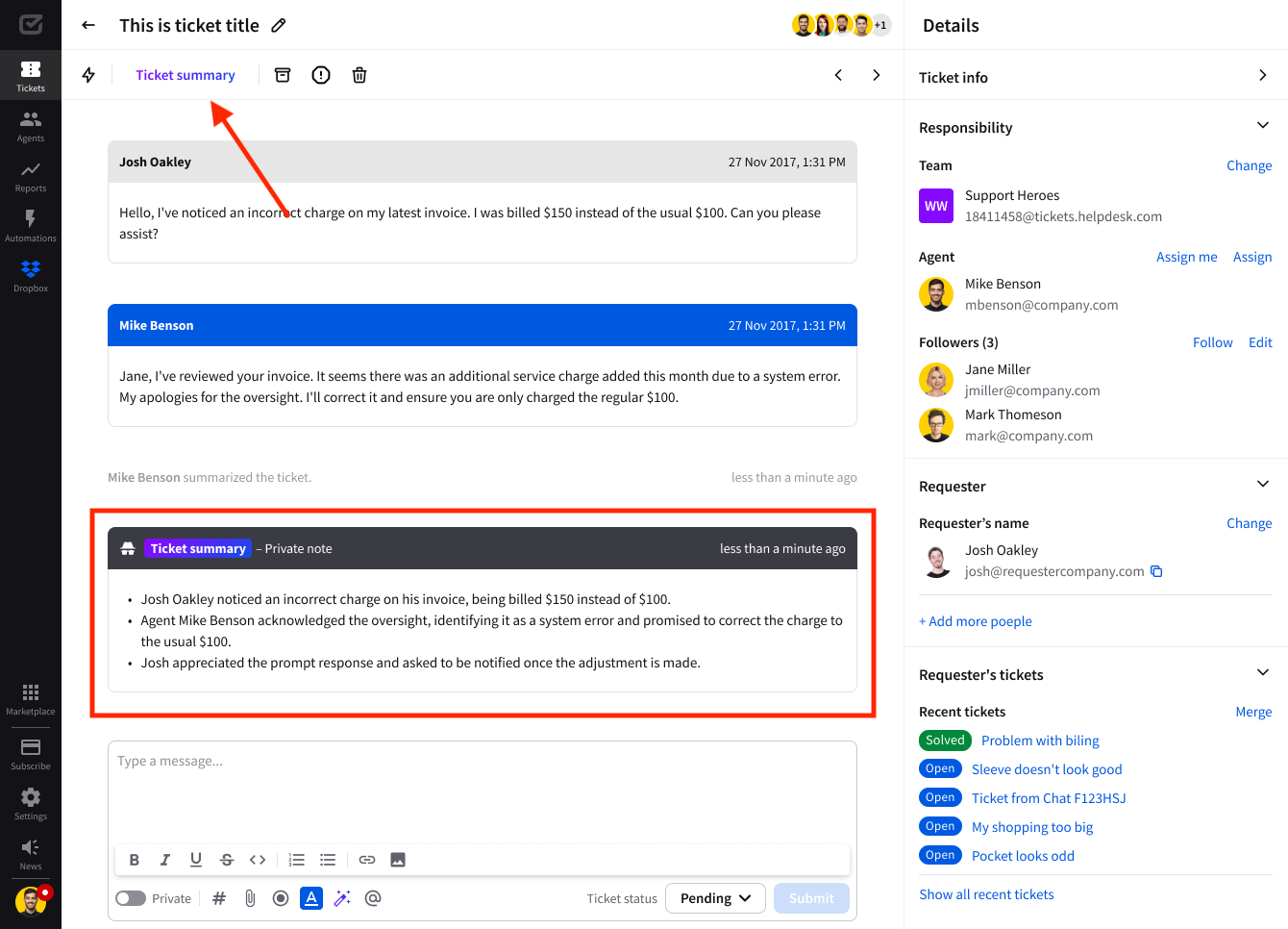



 New Templates in Miroverse
New Templates in Miroverse
